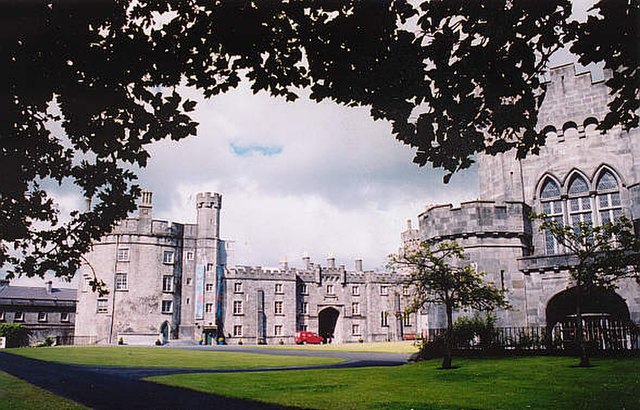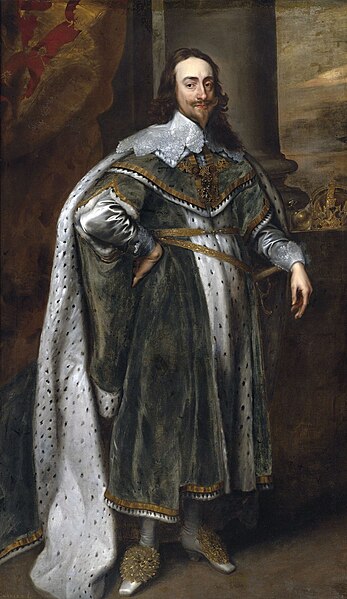Cromwellian conquest of Ireland
The Cromwellian conquest of Ireland or Cromwellian war in Ireland (1649–1653) was the re-conquest of Ireland by the forces of the English Parliament, led by Oliver Cromwell, during the Wars of the Three Kingdoms. Cromwell invaded Ireland with the New Model Army on behalf of England's Rump Parliament in August 1649.
Oliver Cromwell, who landed in Ireland in 1649 to re-conquer the country on behalf of the English Parliament. He left in 1650, having taken eastern and southern Ireland, passing his command to Henry Ireton.
Kilkenny Castle. The Irish Confederate capital of Kilkenny fell to Cromwell in 1650.
Henry Ireton. Cromwell passed the command of Parliamentarian forces in Ireland to Ireton in 1650. He died of disease at the Siege of Limerick in 1651.
King John's Castle and Thomond Bridge, Limerick city. Ireton took Limerick in 1651 after a long siege.
Confederate Ireland, also referred to as the Irish Catholic Confederation, was a period of Irish Catholic self-government between 1642 and 1652, during the Eleven Years' War. Formed by Catholic aristocrats, landed gentry, clergy and military leaders after the Irish Rebellion of 1641, the Confederates controlled up to two-thirds of Ireland from their base in Kilkenny; hence it is sometimes called the "Confederation of Kilkenny".
Replica of a Confederation flag found in Rothe House, Kilkenny; it depicts the Coronation of Mary as Queen of Heaven by the Holy Trinity; an explicitly Catholic symbol.
Cathedral of St Canice, where members of the Assembly heard mass.
Charles I; the Confederates pledged him allegiance, but the two sides struggled to agree terms
The Papal Nuncio, Giovanni Battista Rinuccini








